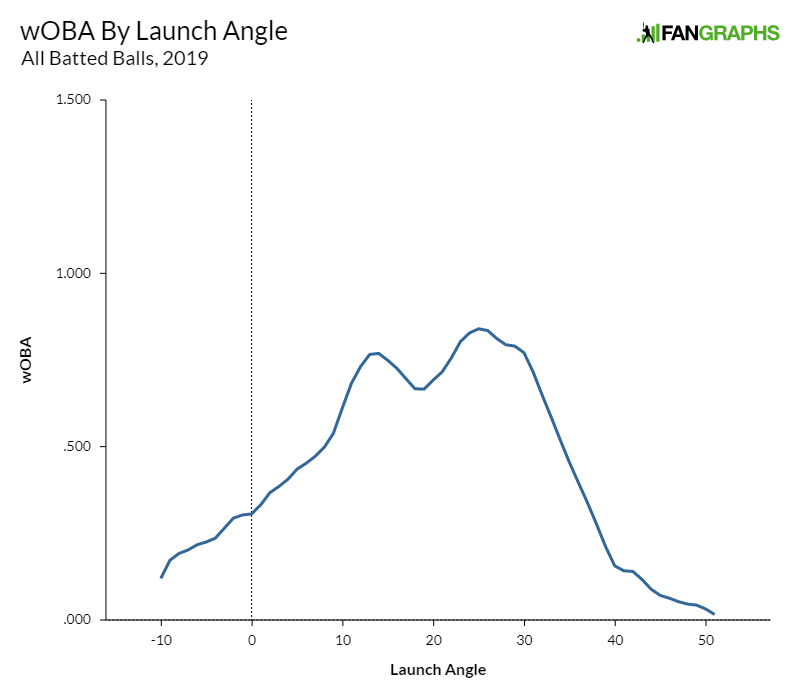Anthony Rendon’s Sneaky Overhaul
When you think of Anthony Rendon, you probably think of consistency. He’s good every year, in roughly similar ways: he doesn’t strike out much, walks a good deal, hits his fair share of homers and doubles, and plays good defense. He’s been worth more than 4 WAR in every one of his full seasons. He’s a line drive hitter, a batting average machine. If anything, he’s become more consistent over time: in each of the last three years, he’s been worth between 6 and 7 WAR and struck out between 13% and 14% of the time.
I don’t buy it, though. Rendon might seem consistent on the surface, but under the hood, he’s completely revamped his game to unlock progressively more offensive potential. In fact, I can retell the Anthony Rendon story as a progressive improvement over time. Let’s try that now.
In 2015, the first year for which we have Statcast data, Rendon was hurt. He sprained his MCL in spring training, sprained his oblique while rehabbing the MCL, and somehow got forced off of third base — a year after a 6 WAR season — by Yunel Escobar. He played the majority of the season at second and scuffled.
That’s a low baseline, which makes any tale of improvement easier to tell. But let’s start there anyway. Rendon didn’t hit the ball with much authority that year — oblique strains aren’t good for power. When he put the ball in play, he generated a .343 wOBA, significantly below the league average of .361. Those numbers don’t really mean much out of context, so think of it this way: in 2019, Luis Arraez and Kolten Wong were below league average by roughly that amount. Read the rest of this entry »


